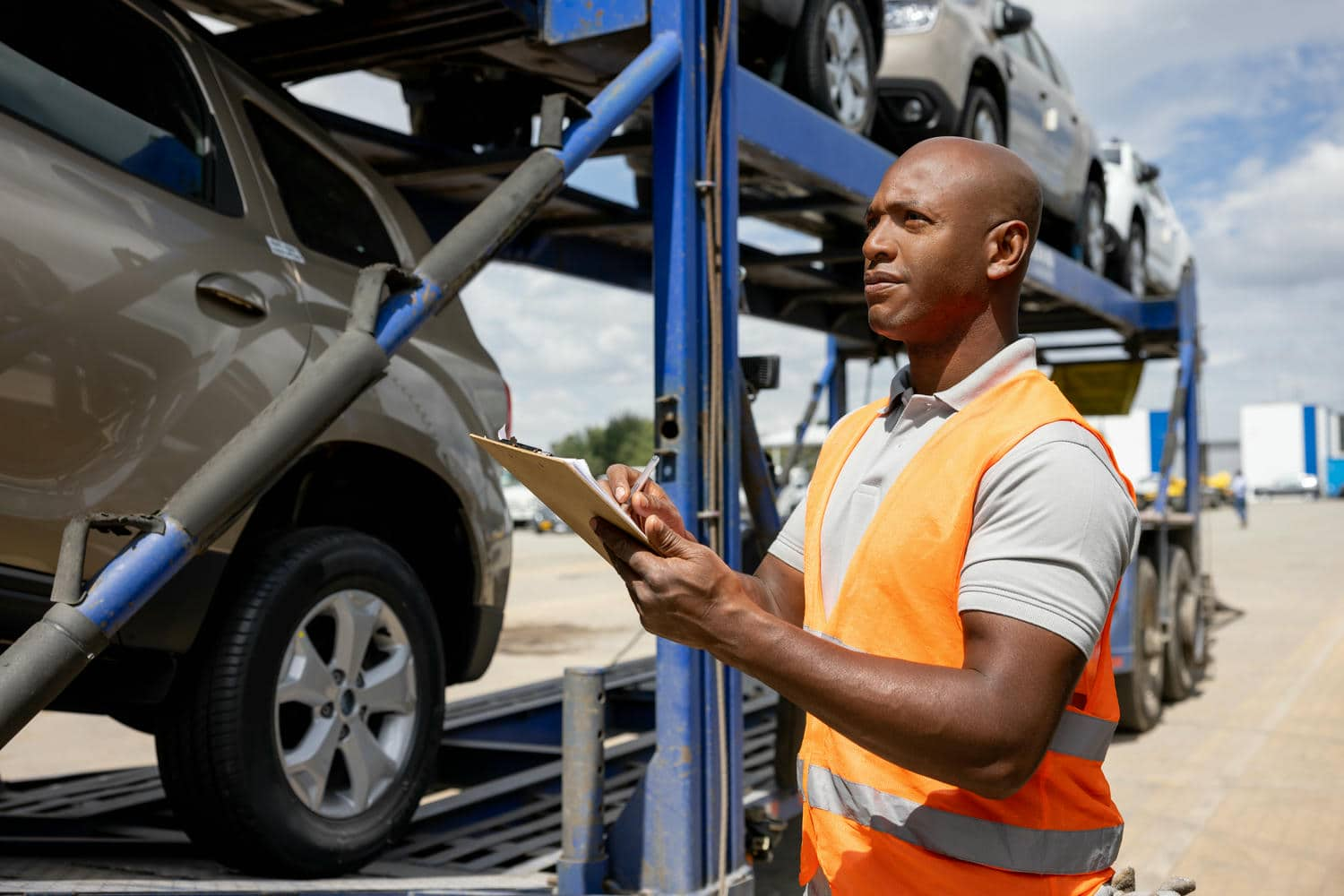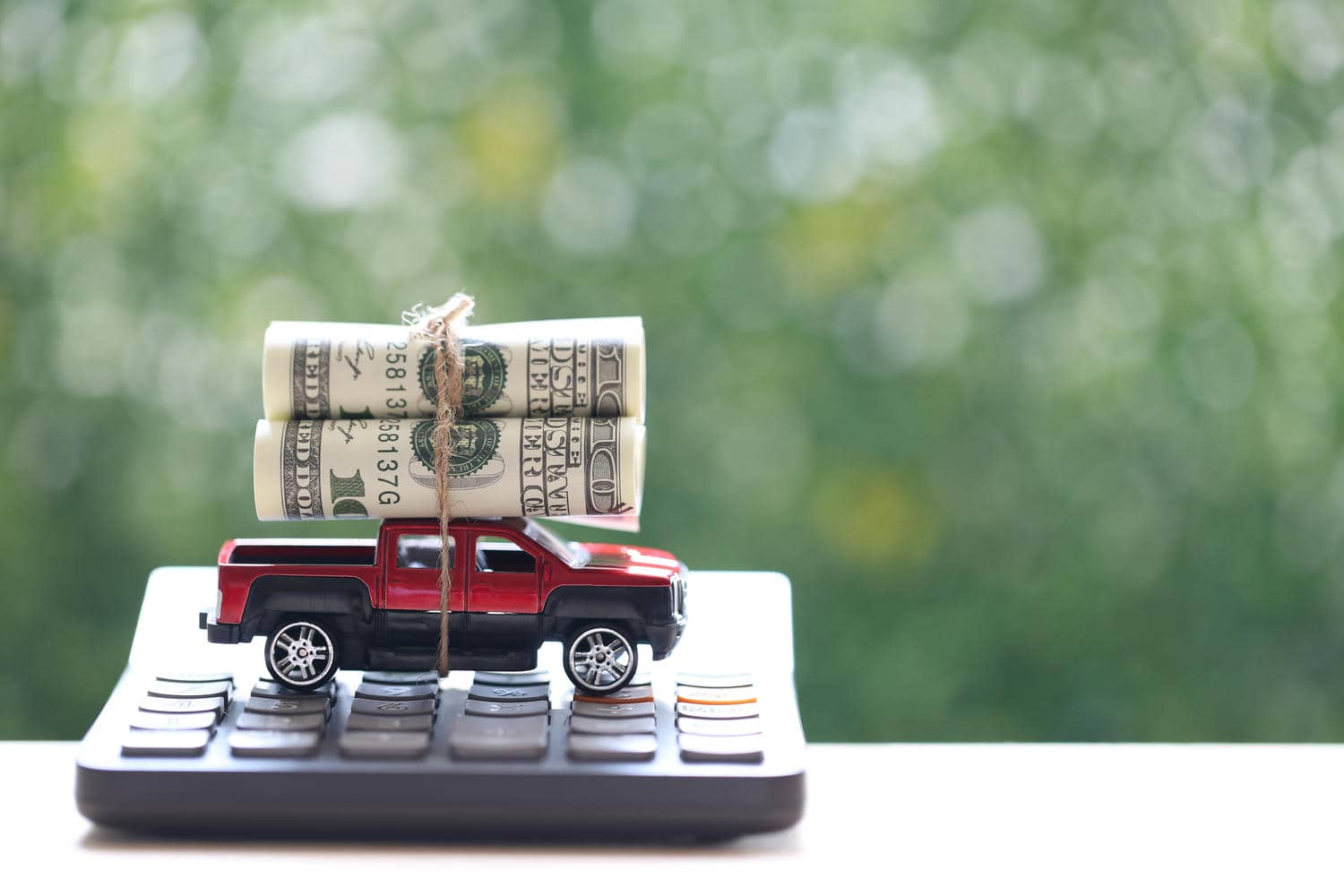Moving vehicles across state lines or overseas can feel intimidating and even overwhelming for some. Yet, with a trusted partner like Ship A Car, Inc., the process becomes smooth, secure, and surprisingly straightforward. In this comprehensive blog post, we’ll explore everything you need to know about car shipping, from selecting the best car shipping companies to understanding how to ship a car safely, all while highlighting real-world success through a case study featuring high-value equipment transport.
Whether you’re relocating, buying a vehicle online, or managing a business that handles multiple cars, car shipping offers convenience, reliability, and protection — as long as you choose the right provider. Here’s why:
- Time and Cost Efficiency
Driving across the country means spending on gas, lodging, wear-and-tear, and time. Car shipping transfers those worries to professionals, often at a comparable or lower cost. - Protection and Peace of Mind
Transportation firms like Ship A Car offer door-to-door service, insured transport, and experienced drivers. That means your vehicle is legally covered and expertly handled. - Nationwide Coverage Car Shipping Coverage
Whether it’s coast to coast or to remote states like Alaska and Hawaii, leading car shipping companies simplify logistics with reliable routes and clear timelines.
Here’s what you should know if you’re considering hiring a car shipping company.

When you are working with companies that ship cars, you have a few different alternatives to choose from. The following are the most common:
Open-Air Transport
The alternative that is the most economical, in which automobiles are loaded onto trailers that are exposed to the air. It is the industry standard, and it is both efficient and speedy. Please refer to the page that is specifically devoted to “Open Carrier Car Shipping” for further information.
Enclosed Transport
When it comes to high end, luxury, antique, classic or military cars, this is the best option. A trailer that is enclosed protects automobiles from dust, road debris, and the elements while they are being transported. Please refer to the page that is specifically devoted to “Enclosed Carrier Car Shipping” for further information.
Door-to-Door vs. Terminal-to-Terminal
The most convenient delivery method is door-to-door delivery, which brings vehicles directly to your home. The blog entry that is named “Convenient Door-to-Door Car Shipping Services” is where you can get additional details. Although it may be more cost-effective, terminal-to-terminal transportation necessitates dropping off and picking up vehicles at predetermined places.
Through the use of these choices, you are able to personalize your experience according to your preferences for budget, priority, and vehicle type. The gold standard for transporting high-value or specialized automobiles is enclosed transport combined with door-to-door delivery.

Here are some of the most important factors to consider when choosing a dependable auto shipping company:
- Licenses and Insurance
Confirm FMCSA (Federal Motor Carrier Safety Administration) registration and adequate insurance — up to $100,000 or more for high-value vehicles. - Reputation
Read verified reviews on platforms like Google Reviews, Transport Reviews, Better Business Bureau, or Trustpilot. Top-rated companies like Ship A Car boast hundreds of 5-star ratings. - Transparent Quotes
Avoid surprise fees. Rates should include pick-up, delivery, insurance, and taxes—clearly outlined upfront. - Communication
Dedicated support teams and real-time tracking systems ensure you’re always in the loop. - Experience Moving High-Value Equipment
Successful transport of high-end equipment, racing cars, and luxury models speaks to a carrier’s expertise.

Let’s zoom in on a real-world example showcasing how Ship A Car helped a client who needed safe and punctual delivery of a luxury vehicle.
Client Overview
- Owner of high-end performance cars in Florida relocating to California
- Required door-to-door, enclosed transport
- Concerned about timing due to an upcoming auto show
The Challenge
- Vehicle’s value and custom build required utmost protection
- Delivery timeline had to meet a specific event date
- Route included transcontinental travel with potential weather challenges
The Strategy
- Initial Consultation & Quote
Ship A Car evaluated distance, expertise, and vehicle condition to provide a firm quote. - Enclosed Trailer Selection
Confirmed secure, weather-proof, climate-controlled trailers with cushion and tie-downs. - Pre-Transport Inspection
Detailed report ensured clarity on vehicle condition pre- and post-transport. - Custom Route Planning
Optimized path avoided severe weather and complied with permit regulations for oversized vehicles. - Dedicated Driver & Tracking
Assigned an experienced transporter providing GPS tracking and regular updates.
Outcome
- Vehicle arrived safely—spotless, without a scratch—three days ahead of deadline.
- Ship A Car’s attention to detail impressed the client, who became a repeat customer.
This case clearly highlights why the best car shipping companies earn their reputation from flawless results.

Below are three in-depth questions many customers have when deciding how to ship a car.
Q: What happens if my vehicle is damaged during transport?
A: Before loading, both you and the driver conduct a thorough inspection. Each scratch and dent is documented. After delivery, you’ll do a second inspection. Any damage — big or small — can be processed through the carrier’s insurance, typically covering up to $100,000 for enclosed shipments. Always choose a company like Ship A Car that has a clean claims history and prioritizes accountability.
Q: Can I get a guaranteed pick-up or delivery date?
A: Yes. Most companies, especially full-service ones, offer guaranteed pick-up and delivery windows, though these often come with a premium fee. Ship A Car provides a firm 48hour pickup window and flexible but reliable delivery timing. Upgraded options include guaranteed scheduling and expedited delivery for an additional cost.
Q: How should I prepare my car before shipping?
A: Clean the interior/exterior for inspection purposes. Disable alarms to avoid disruptions. Gas tank should be no more than ¼ full to reduce weight and safety hazards. Personal items: keep valuables with you—most carriers prohibit loose items in vehicles. Following these steps ensures an efficient inspection and prevents delays.

Still wondering how to ship a car through Ship A Car or similar providers? Here’s your walk-through:
- Request a Quote
Use telephone, email, or the online auto transport calculator to get a customized estimate. Provide make, model, mileage, origin/destination, and service type. - Book the Service
After reviewing rates and availability, book the service by signing the auto transport contract. This will always the car shipping company to start working on your transport. Once a carrier has been selected and you have approved your vehicle for dispatch to a carrier, you will confirm your booking with a deposit (often $200–$300). - Inspection Before Pickup
A certified driver meets you to inspect the vehicle’s condition, taking photos and notes for accountability. - Load the Vehicle
For open transport, cars are driven or winched onto the trailer. Enclosed transport uses padding, straps, and lumber to secure the car within. - Transport & Updates
The car is in transit. You’ll receive occasional status updates and may have access to GPS tracking, depending on the plan. - Delivery & Final Inspection
Once delivered, you inspect the car again. Compare it to the original inspection report to confirm condition. - Payment Completion
Remaining balance is typically paid upon delivery. Methods usually include cash, certified checks, or Zelle.

Several variables affect your shipping quote:
- Distance — Greater mileage means higher fuel and driver costs.
- Transport Type — Enclosed service costs more, but offers maximum protection.
- Vehicle Size/Weight — Heavy or oversized cars require more space and load capacity.
- Seasonality — Demand spikes in spring/summer and during holidays.
- Pick-up & Delivery Locations — Remote or hard-to-access places might include extra fees.
- Time Constraints — Guaranteed pick-up/delivery and expedited service increase cost.
For example, a standard open coast-to-coast shipment runs around $1,000–$1,500. Enclosed transport may cost $1,800–$2,400, depending on the vehicle and season. These estimates fluctuate, so using Ship A Car’s auto transport calculator guarantees accurate, real-time pricing.
Many think shipping a car to Hawaii or Alaska is a headache—but it doesn’t have to be.
Hawaii
Vehicles travel either roll-on/roll-off or via container ship. Expect 10–14 days transit time from West Coast ports. Ship A Car partners with top maritime carriers to provide fully insured, streamlined transit. Please visit the page titled “Hawaii Auto Transport” for any additional information you may require.
Alaska
Service runs through Seattle, Vancouver, or Tacoma. Carriers use open or enclosed trailers over the Alcan Highway. Transit takes roughly 10–14 days. Ship A Car coordinates internal logistics and border documentation for Canadian crossings. If you require any additional information, kindly consult the “Alaska Auto Transport” page.
These routes require extra planning — maritime bookings, customs, winter-readiness checklists — but Ship A Car has the infrastructure and experience needed for these specialized journeys.

Here’s what sets Ship A Car apart among car shipping companies:
- Extensive Experience — Decades hauling everything from ultra-luxury classics to fleet conversions.
- National & Island Coverage — Expertise in transporting vehicles to Hawaii, Alaska, Puerto Rico, and Guam.
- Award-Winning Customer Service — Multiple 5-star reviews note clear communication, timely delivery, and trustworthiness.
- Comprehensive Insurance — Full coverage by FMCSA guidelines, with additional optional rider coverage available.
- User-Friendly Tech — Real-time tracking, an easy quote form, and reservation confirmations via email or phone.
- Guaranteed Windows — Optional guaranteed pickup/delivery ensures your car arrives exactly when you need it.
With Ship A Car, you get peace of mind, timely delivery, and expert handling — coast to coast, every U.S. state and territory included.
This case study centered on safe and timely transport of high-value equipment demonstrates why Ship A Car is a leader among car shipping companies. If you’re searching for “how to ship a car,” Ship A Car’s proven expertise, transparent service, coast-to-coast coverage, and exceptional customer support give you confidence that your vehicle is in trusted hands. From door to door pickup to secure enclosed trailers, even to remote states like Hawaii and Alaska, Ship A Car delivers top-tier service with unmatched reliability.
Wondering whether to call or click? Our team is ready to help. Call us at (866) 821-4555 or fill out the auto transport calculator on our website now to get an instant price. Experience why Ship A Car is the best shipping company from coast to coast — your vehicle deserves nothing less.
1. How long does it take to ship a car?
Transit time varies. Coast-to-coast open transport usually takes 7–10 days. Enclosed shipping and routes to Alaska/Hawaii generally require an additional 10–14 days due to specialized logistics.
2. Can I send personal belongings in the car?
No. Most carriers prohibit loose items inside the vehicle due to insurance policy limitations. You should transport valuables separately or speak to your transport coordinator for further options.
3. Is my car insured during transport?
Yes. Carriers are required to carry insurance under FMCSA regulations. Ship A Car will only dispatch your vehicle to a carrier that has cargo insurance valued at a minimum of $100,000. Additional coverage can be purchased for high-value or modified cars.
4. Can I track my vehicle in real time?
Many services, including Ship A Car, offer GPS tracking and regular status updates via text or email. Some providers also provide live platforms where you can monitor progress.
5. What if my car is damaged during transit?
A pre- and post-transport inspection records the vehicle’s condition. Any damage during transport is covered through the carrier’s insurance claims process, ensuring reimbursement or repair.
*All data and car shipping rates found in this article are accurate at time of publication and subject to change.




